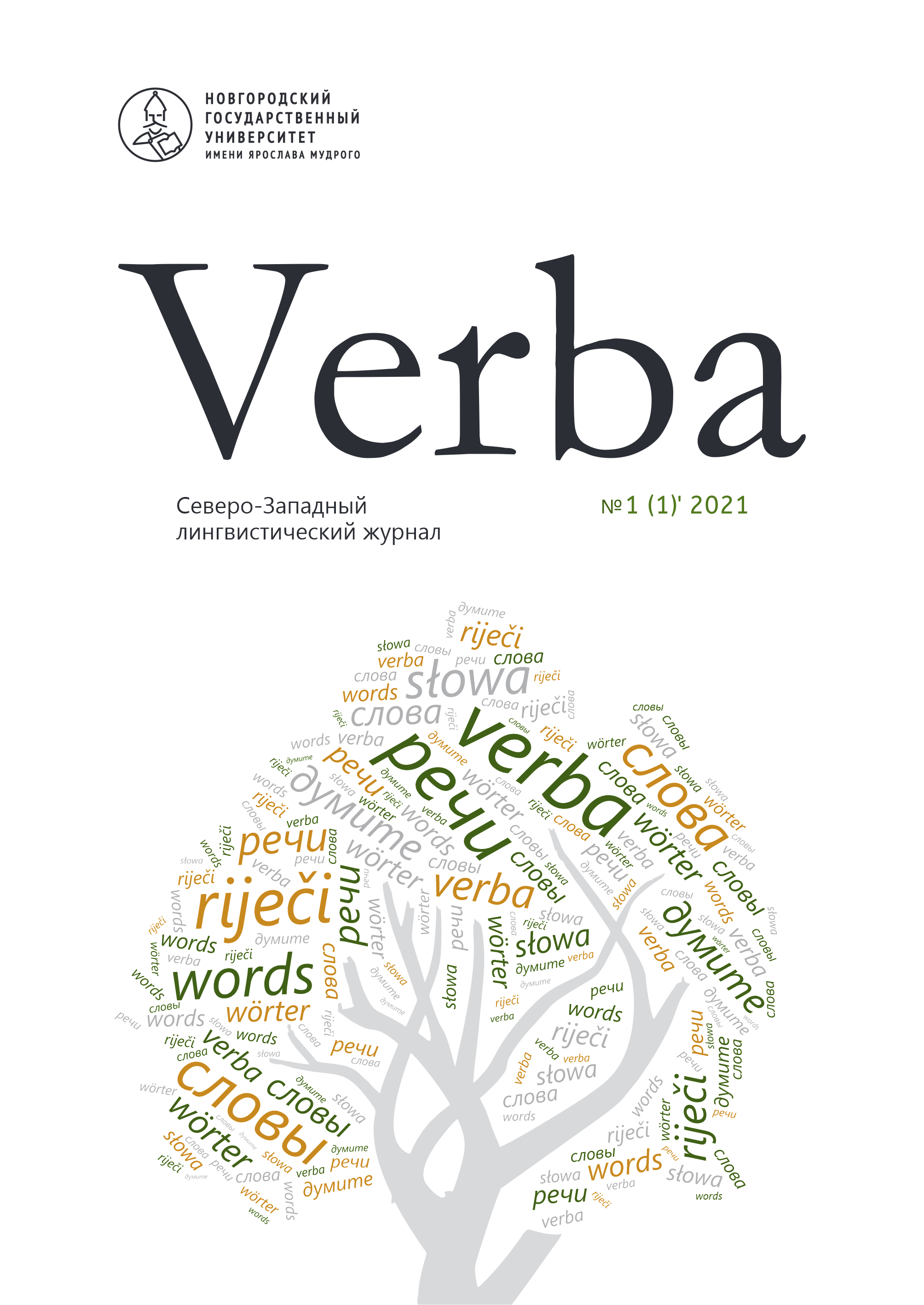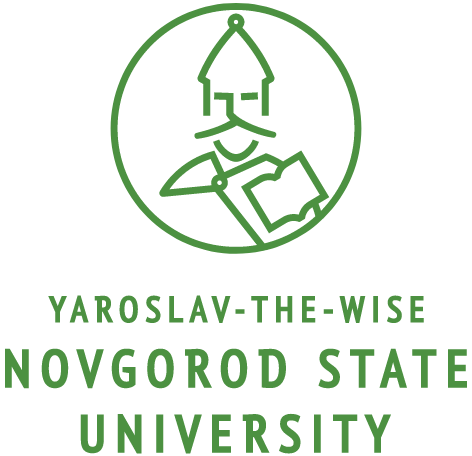Principles of Belarusian conjunctions and other indicators of the lexicographic manifestation of syntactic connection
DOI:
https://doi.org/10.34680/VERBA-2021-1(1)-22-34Keywords:
conjunction, conjunction meaning, keep-clip, lexicographic manifestation, Belarusian languageAbstract
The article discusses the principles of grammatical and lexicographic descriptions of conjunctions and their analogues in Russian and Belarusian linguistics. The task is to take an inventory of conjunction means of the Belarusian language as its relational potential, so far without qualifying their linguistic status, but sufficient for deeper research. The following principles of lexicographic manifestation of Belarusian conjunctions and their isofunctional units are proposed: 1) coverage of all conjunction means in their objective real use as a national element of speech and reliance on the power of language authority itself; 2) going beyond the morphological limits of the conjunction, recognizing its morphosyntactic nature, due to the factors of the speaker's communicative tasks and the text organization; 3) the field structure of the conjunction category recognition, which means the account of peripheral relational units, especially non-one-word ones, absent in the available grammatical and lexicographic sources; 4) recognition of the combinations "T-word + K-word" (such as to, chto) in all arrangements of their word forms as separate units, each with its own relational meaning; 5) taking into account the propositional and predicate nature of the conjunction means with its left and right valencies in relation to the conjuncts-actants. Theoretical methods of conjunction means inventory are shown: a) prepositional-nominative syntaxeme into prepositional-conjunctional predicative syntaxeme transformation and b) the conjunction mean based on the arrangements of the combinations "preposition + T-word + K-word" modeling (such as ad tago, shto; dzelja tago, hto, etc.). Some examples of vocabulary entry of conjunction means lexicographic manifestation in the author’s published dictionary are demonstrated.
Downloads
Downloads
Published
How to Cite
Issue
Section
License
Copyright (c) 2021 Verba

This work is licensed under a Creative Commons Attribution-NonCommercial 4.0 International License.








